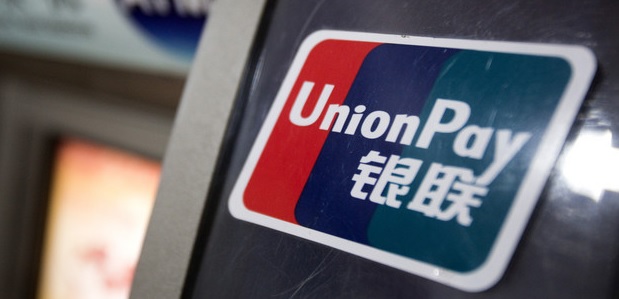
Qilong and Shenzhen Qianhai Exce-card Technology („SQEC”) entered into a strategic agreement, pursuant to which both parties will coordinate with banks to issue China Union Pay audio bank cards (the „Audio Bank Cards”), which can make sounds when the buttons on the Audio Bank Cards are pressed. The Audio Bank Cards are designed to provide a safe and convenient channel to fulfill end-use customers’ needs for making payments online and offline.
It is expected that the end users of the Audio Bank Cards to be developed under this strategic agreement will have the ability to use various services, including the ability to connect their savings accounts thereto, purchase items on credit, transfer among their accounts, take advantage of discounts on certain purchases and travel arrangements and manage their capital.
Under the guidance of the financial IC product standard of China Union Pay, SQEC has independently researched and developed the audio payment technology, various patent applications of which have been filed. In addition to the standard components of a regular IC card, the Audio Bank Card comprises a paper battery, speaker, button, electrical circuit and processor. With the audio communication technology, the Audio Bank Card is connected to the Internet, which bridges the gap between offline IC cards the Internet.
The Audio Bank Card is bendable and features a flexible PCB card, paper battery, speaker, button, electrical circuit, processor and other bendable components. All parts of the Audio Bank Card can fit onto one ISO7810 card, the dimension of which is consistent with the Q/CUP 045-2012 standard. Consisting of the financial IC part and the audio part, the Audio Bank Card complies with the China Union Pay standard and qualifies for a Mastercard. The life span of the Audio Bank Card is expected to be between five to ten years with an estimated use of 30,000 to 50,000 times during its entire life. The Audio Bank Card is resistant from magnetic force, noise and extreme temperatures.
The Audio Bank Card records personal bank information, customer information and safety information, which will be transferred to the receiving device via audio when the card holder presses the button on the card to complete a transaction.
For each transaction, the Audio Bank Card generates a different audio sound, which cannot be utilized more than once. Equipped with the advanced coding technology, the audio communication is safe and resistant to unexpected interference.
Safety of Transactions
Includes a triple verification system to secure your transactions: the identity of the card holder will be verified in three ways, confirming the transaction channel, verifying the government identification and answering a set of dynamic security questions.
An Interesting Way to Make Payments
When conducting a transaction, the Audio Bank Card holder may easily control the payment process by pressing the button on his or her card. The end users do not have to attach their Audio Bank Cards to certain devices or register with a third party software provider. The card holders will be able to use their Audio Bank Cards directly on traditional phones, smart phones, computers and tablets.
The Audio Bank Card can function as a regular bank card as well. Its audio recognition system greatly advances the safety of making payments and reduces the risks associated therewith. An end user may simply follow three steps to complete a transaction: 1) choose an Audio Bank Card to make the contemplated payment, 2) press the button on the card to help the back desk recognize the card, and 3) enter the passcode to complete the transaction. The Audio Bank Card will simplify the payment process and therefore save users’ time.
Source: www.prnewswire.com
Banking 4.0 – „how was the experience for you”
„To be honest I think that Sinaia, your conference, is much better then Davos.”
Many more interesting quotes in the video below: